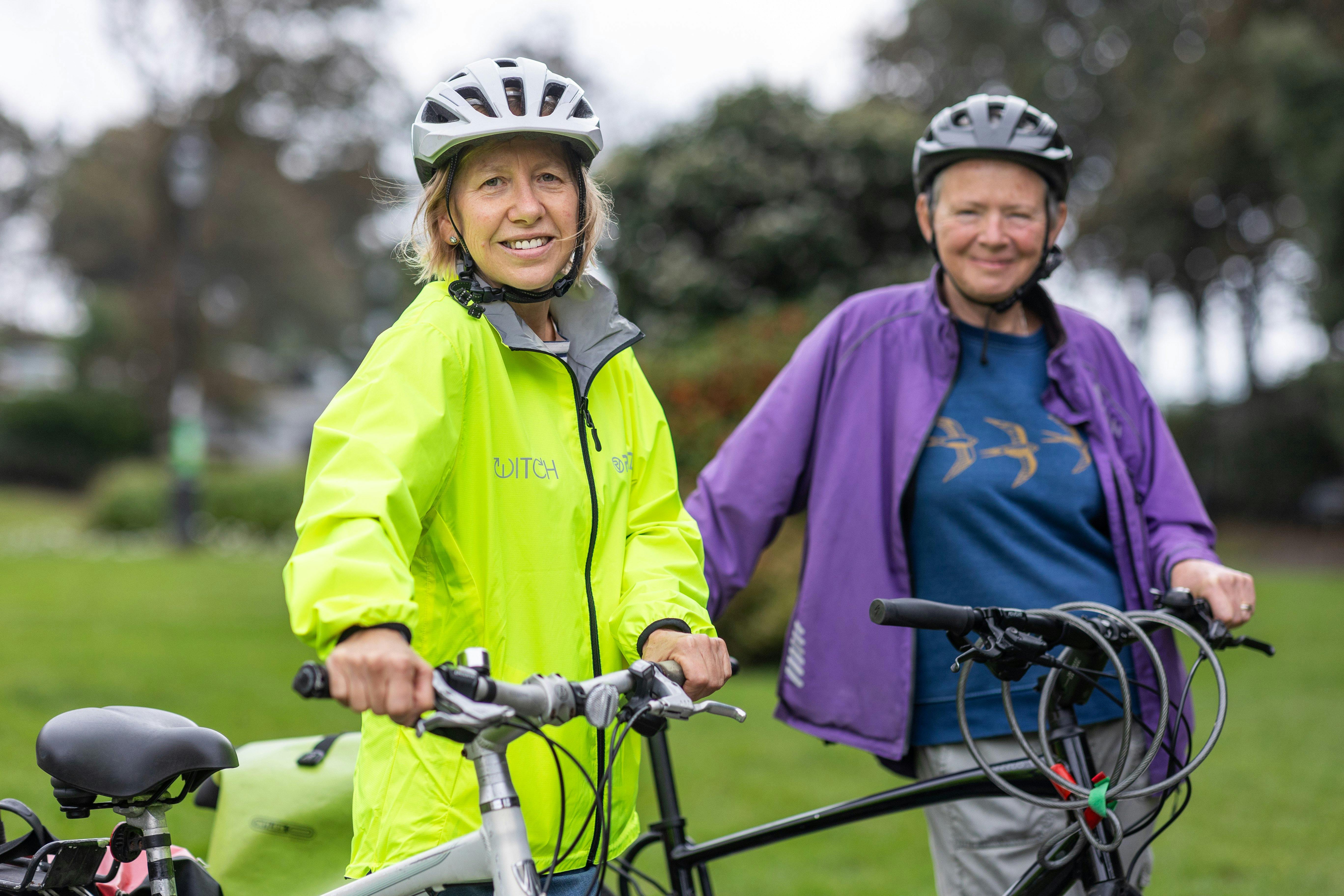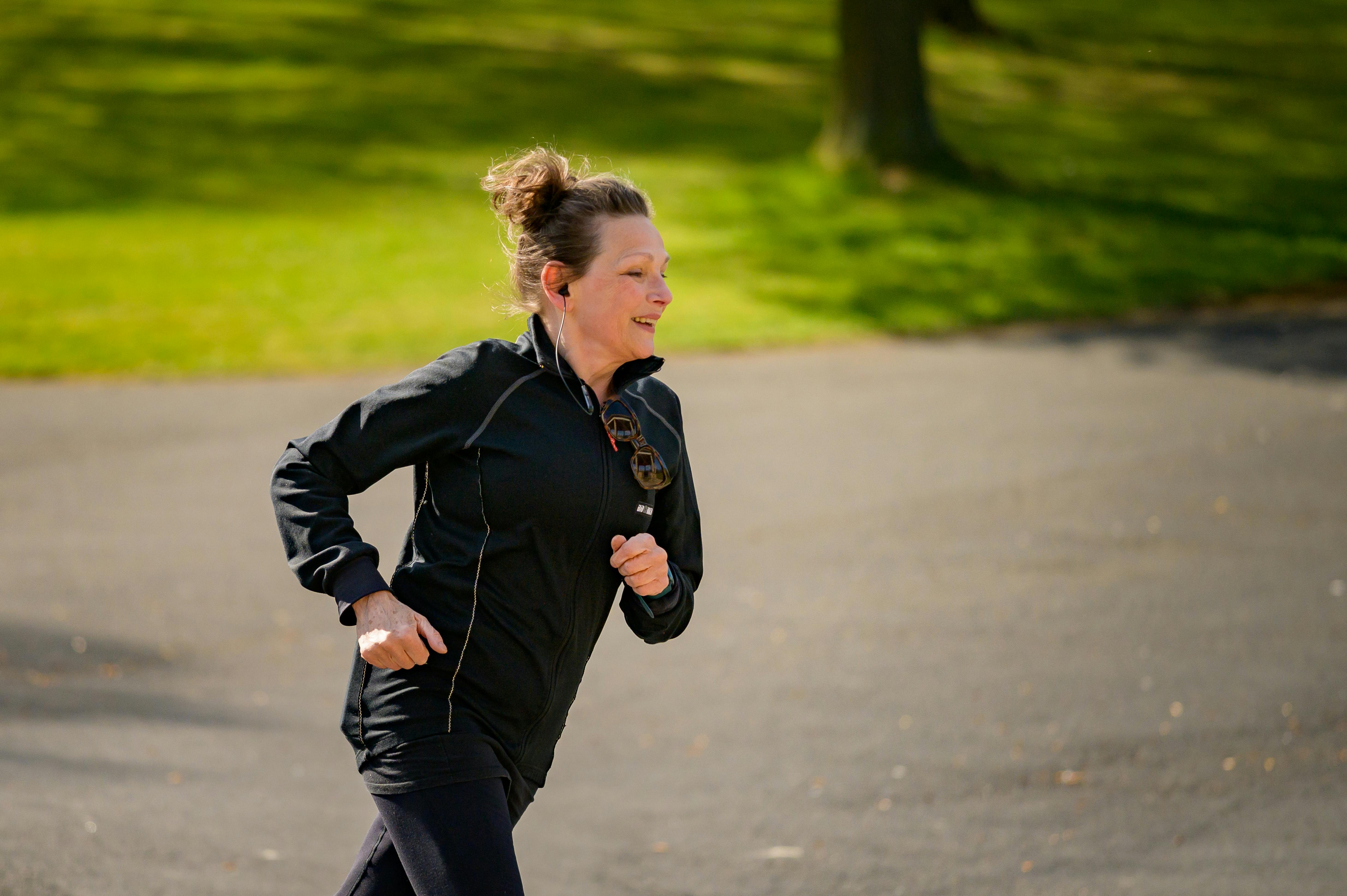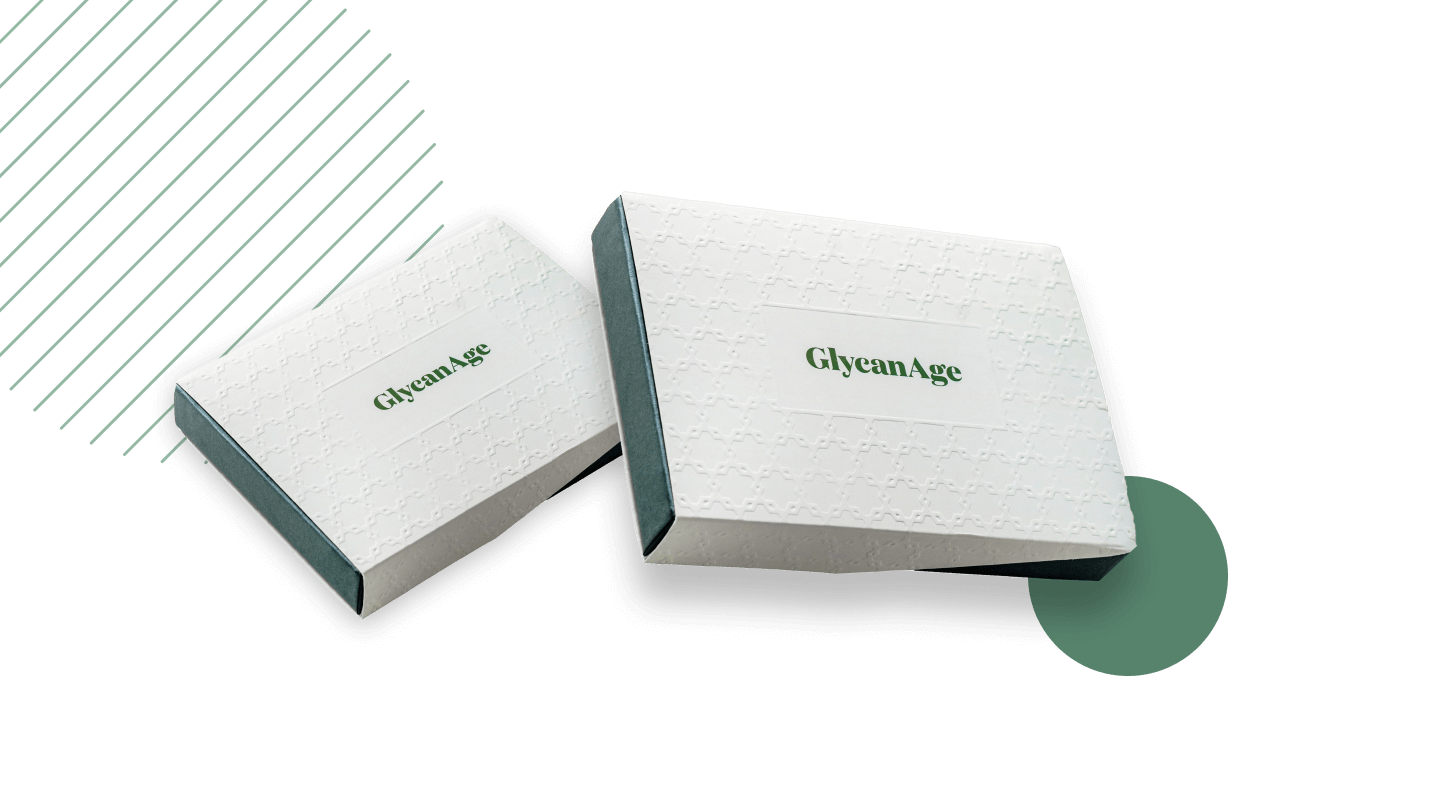Menopause Exercise: A Comprehensive Guide

Have you considered exercise routine in managing (peri)menopausal symptoms? Physical activity may improve the quality of life in menopause.
Understanding Menopause and Exercise
Menopause indicates the end of reproductive potential and a reduction in sex hormone levels, usually occurring between forty and fifty years of age. It is not a single-point event, the transition of a woman's body's physiological state can take several years and be extremely frustrating.
This happens because of a wide array of symptoms that can significantly reduce your quality of life. Most of you have heard of hot flushes, mood swings, fatigue and night sweats, but menopause can also lead to fragile bones, heart palpitations, digestive issues and more.
Some of these symptoms can be eased with exercise. However, in order to understand how exercise can help, we need to dive deep into menopause and its effects on women’s bodies.
What is Menopause?
During perimenopause, a period of several months or years before menopause onset, women start to experience menstrual irregularities and other early symptoms such as changes in sleep patterns.
After a year of complete absence of menstrual bleeding, a woman enters menopause. It’s hard to pinpoint the age perimenopause starts, because it’s different for every woman.
Knowing the signs perimenopause is ending, can help you prepare for the next chapter of life - menopause.
This is when genitourinary symptoms (vaginal dryness, frequent urinary infections, urinary incontinence, painful sexual intercourse, etc.) start to predominate.
Equally important is a psychological aspect where a woman might feel mood changes, anxiety, depression, or concentration or memory issues. Both physiological and psychological symptoms can seriously affect the overall quality of life.
So, what are the options for fighting unpleasant symptoms?
Hormonal replacement therapy is still the most effective approach to treat prominent menopausal symptoms. With a personalised approach by a team of medical professionals, women may benefit greatly from such treatment.
However, HRT is not an option available for every woman. But there are ways to fight menopausal symptoms that don't require any medication.
Importance of Exercise During Menopause
Exercise at any stage of life can bring numerous benefits. It helps you stay healthy, boosts your energy and enhances your mood.
However, during menopause, exercise becomes essential, because it shields you from serious conditions.
We even encourage women to start weight training before menopause, since the low levels of hormones make it harder to gain muscles. And you need muscle mass in menopause to support your bones.
The loss of oestrogen can affect bone density, making them more fragile than before, so you want to have muscles surrounding your bones for extra support.
Furthermore, exercise during menopause can improve your heart health. Regular cardio should help reduce the risk of heart disease, which rises during menopause.
Benefits of Menopause Exercise
Exercising during menopause doesn’t just have physical, but also psychological benefits. Here’s an overview of why working out is so important for menopausal women.
Physical Benefits
A review by scientists from Victoria University, Melbourne, summarised the effects of exercise on menopause symptoms. Among more active women who exercise every day, almost 50% of them were less likely to report hot flushes. They also found that moderate physical activity might diminish hot flushes twenty-four hours after the exercise.
The frequency of hot flushes also significantly decreased in women who participated in an aerobic workout for fifty minutes four times per week.
Menopause hot flushes are associated with higher cholesterol, triglyceride, and glucose levels, so exercise reduces those levels and, consequently these symptoms, accompanied by improved overall health.
While exercise is important, we also recognise that not everyone can work out 4 times a week.
But that shouldn’t stop you, because even low-intensity exercise such as walking and dancing can improve the body's physical and psychological state.
Furthermore, at least 150 minutes of aerobic activity per week, such as walking, hiking, swimming, or stationary cycling, can significantly improve cardiovascular health and increase your metabolism.
If you haven’t worked out before menopause, it’s important to start slow. Find the right type of exercise and frequency for your body.
Emotional Benefits
Did you know that physically active menopausal women have better sleep quality and wake up fewer times during the night? A lot of women experience sleep problems during menopause which creates a lot of anxiety, leaves them in a bad mood and worsens brain fog.
That’s why working on a good quality sleep schedule is so important. Women who are active and have worked out before menopause, sometimes have to reshape their exercise routines. Doing your workout in the morning, instead of right before bed can help you fall asleep faster.
Exercise can also help fight off symptoms connected to depression or anxiety, such as unhappiness, irritability, mood swings, panic attacks, etc.
But doing more exercise doesn't necessarily mean that your daily routine would need to include a gym membership. Mental health may be significantly promoted with everyday activities such as walking, cycling, or gardening.
Menopause is a complex and inevitable event for every woman. Even today, women are poorly educated about menopause, menopausal symptoms, and therapeutic options.
Physiological and psychological symptoms may severely burden women, especially if they lack medical or social support. On the other hand, menopause might present a turning point and a motive to take closer care of their body and mind.
Exercise is a powerful tool in combatting many chronic diseases; it could help relieve menopausal symptoms and also dramatically improve the overall quality of life.
Creating a Menopause Exercise Routine
If you’ve never exercised before, don’t worry. The key is to start slow. Before you go out and buy a gym membership, try walking more. It’s a good base for testing your boundaries and can help you shape your workout schedule.

However, if you have a workout routine, you might need to reshape it a bit. Since menopause can cause loss of bone density, and affect other parts of your body, your exercise should be created according to your test results and doctor recommendations.
Consulting with a Healthcare Professional
Every woman’s menopause experience will be different, so we can’t give out generalised advice that will work for everyone.
The level at which you could exercise will depend on how many symptoms you’re experiencing, as well as their severity.
That’s why we recommend consulting with your GP before creating any new workout regimens. They will be able to personalise your workouts based on your needs and capabilities.
Setting Realistic Goals
Once you’ve consulted with a doctor, it’s time to set exercise goals. This is the time to be realistic and kind to yourself. It’s much harder to gain muscle mass in menopause, so your previous workouts might not bring the same results.
Give yourself grace and don’t push yourself too hard. You can always change your goals based on your performance.
Make sure to have enough rest in between the workouts and don’t be afraid to make changes to your sets if they don’t work for you.
Types of Exercises Recommended for Menopause
It’s always recommended to do different types of exercises so that you can benefit from different types of movement.
Cardiovascular Exercises
Cardio is great for strengthening your heart health, as well as your lungs and blood vessels. Seeing how menopausal women are at a higher risk of cardiovascular disease, it’s important to do whatever you can to mitigate that risk.
Whether you choose running, swimming, cycling or hiking, make sure to do it frequently so that you gain maximum benefits.
Strength Training
Working out with weights in order to increase your muscle mass is extremely important during menopause. As we’ve mentioned before, this is the time your oestrogen levels plummet, making your bones far more fragile and easier to break. But having a strong support system around them helps you reduce that risk and in turn reduces the risk of osteoporosis.
Alongside physical health, strength training also helps with mental health. It can help you with mood swings and anxiety.
Flexibility and Balance Exercises
With age, you might develop some problems with balance. If you want to better your balance and reduce the risk of falling down, you should try Yoga or Pilates.
Working on your balance and mobility will also have beneficial effects on your mental health, as it can reduce stress and bring clarity.
Tips for Exercising Safely During Menopause
Since your risk of injury rises during menopause, it’s important to implement these safety precautions.
Proper Warm-Up and Cool Down
Always start your exercise with a good warm-up. The more active, the better.
We recommend starting with the top parts of your body and moving down. If you’re doing the warm-up correctly, it should increase the blood flow and the amount of nutrients and oxygen delivered to your muscles.
Once the exercise is over, gradually reduce your heart rate. This is usually done by jumping on a treadmill for 10 to 15 minutes.
After that, it’s time to stretch out your muscles. Hold every stretch for at least 30 seconds in order to get the most benefits.
Stay Hydrated
Those who work out correctly, also sweat. That’s why you should continually hydrate during your exercise. The rule is - the more you sweat, the more you should hydrate.
Whether you’ll do it with just water or a sports drink rich in electrolytes, that’s up to you.
Listen to Your Body
This is the most important step of your menopause workout. Every time you start a workout session, make sure you’re doing it in a way that benefits your well-being. Don’t push yourself too hard.
Exercises to Avoid During Menopause

Although we don’t recommend avoiding exercise during any period of life, there are some workouts that might be too hard on a menopausal body.
High-Impact Exercises
If you weren’t an avid athlete before menopause, it’s recommended to avoid high-impact exercises.
This is because if you’re osteoporotic, or have a low bone mass, a high-impact exercise can raise your risk of injury.
Overly Strenuous Workouts
Since your body needs to rest and recover, we also don’t recommend overly strenuous exercise. Every woman will have an individualised menopause experience, so you might find yourself enjoying a more strenuous workout, but make sure to consult a medical professional beforehand.
Combining Exercise with Other Lifestyle Changes for Menopause
In order to get the most out of your menopausal workout, we recommend looking into other lifestyle factors, such as diet, sleep, stress management and more.
Healthy Diet Choices
The best company for a great workout session is a nutritional diet. Since menopause brings so much change, there are certain foods you should eat more of, such as berries and chic peas.
There is no ultimate menopause diet, but it’s recommended to stay away from spicy and extremely salty foods. As always, it’s important to listen to your body and find what works for you.
Stress Management Techniques
Menopause can be quite a stressful experience. With so many symptoms that lower your quality of life, it’s normal to develop anxiety during this time. That’s why developing a good stress management technique will go a long way.
It can be done with meditation, spending time in nature, socialising and more. Don’t be afraid to use this time to reach out and seek help. You are not alone in your menopause journey.
Sleep Hygiene Practices

Sleeping can be a big issue for menopausal women. With night sweats and the overall stress of a new condition, good quality sleep can be hard to achieve.
There are a few things you can do to better your sleep:
- Avoid using an electric toothbrush before going to bed
- Make your room cool and dark
- Try going to bed at the same time every day
- Unwind before bed
Take Care Of Your Health with GlycanAge
If you want to prepare for menopause or find out whether your lifestyle choices (exercise, diet, sleep, stress management and more) are bringing you maximum benefits, test your biological age with GlycanAge.
Our test looks at the best biological age marker - glycans. They are complex carbohydrates that coat proteins. Their power comes from being able to show how everyday choices affect your healthspan. Glycans can point to a health condition years in advance, before any symptoms occur, giving you enough time to react.
But more importantly, glycans are reactive to change, so a positive change in your exercise routine can bring you a more favourable biological age and in turn health profile.
There is a great link between GlycanAge and menopause, so make sure to read more about how our test can help you optimise your health journey.
Don’t be afraid to take the first step, take our health quiz today.
FAQ
What is the best exercise for menopause?
The best exercise for menopause depends on your abilities and preferences. We recommend doing some strength training, as building muscle mass is essential for menopausal women.
Does exercise reduce menopause symptoms?
Yes. Depending on the symptoms you want to target, there are exercises that can help soothe them.
What is the best exercise for menopause belly?
A lot of women ask themselves how to get rid of menopause belly and the answer is - a combination of diet and exercise. The type of exercise will depend on your abilities and goals.
What exercise is best for menopause weight gain?
How to prevent menopause weight gain is another popular topic amongst menopausal women. The answer depends on your health profile, but overall, we recommend doing a variety of exercises that target different parts of your body.



